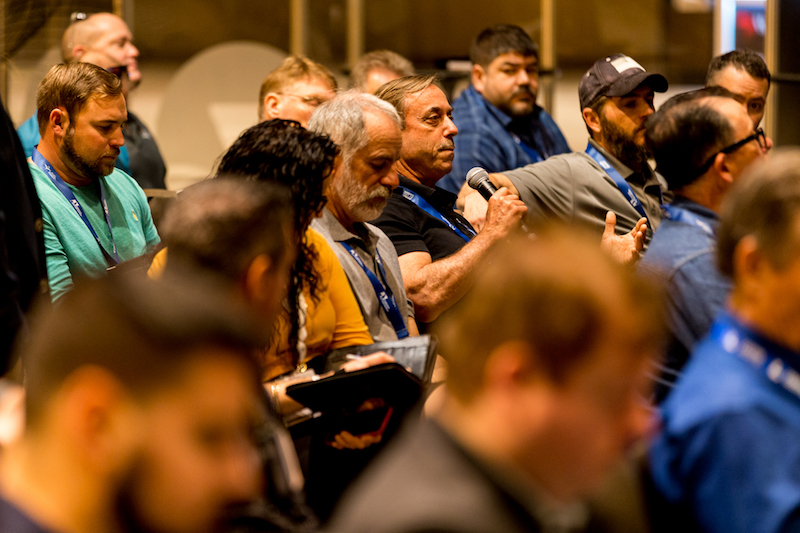One thing that never seems to change over the years is the typical response to the “why do you do it that way” question. Some version of “that’s the way it’s always been” or “that’s the way we’ve always done it” is usually the answer you receive. I use TTWWADI for shorthand.
The answer seems to have the same half-life as plutonium-244, and as a way of operating it’s just as toxic. For the record, TTWWADI isn’t really a reason, it’s just a statement. A reason, even a bad one, is the result of reasoning. This implies that active reasoning actually took place and that someone at least attempted to think it through and consider some of the possibilities. TTWWADI, on the other hand, has a dead finality to it — what’s done is done. This is unfortunate because there’s often an assumption made that either the present way is as good as it gets or that change for the better isn’t possible, or even desirable.
So, with a TTWWADI mindset being commonplace, there’s only so far you can go with a Towing Safety Management System (TSMS). Any type of Safety Management System is, in its broadest sense, supposed to be a system for safely managing recurring change. Our marine operations are 24-7-365 and the variable changes are never ending. Barge movement orders change, berth assignments change, and weather or sea conditions change. Personnel comes and goes. For a TSMS to be effective you first have to work to defeat the TTWWADI mindset that instinctively responds rigidly to changing circumstances that require adaptive flexibility in order to safely navigate a vessel.
We have no control over what is happening around us as we go about our operations. To deal with that hard reality I’ve learned the merits of being detail-oriented, focusing very carefully on what precious little bit we do have control or some influence over. This is particularly true when it comes to planning and executing dynamic deck operations, and dealing with the inevitable mistakes, miscues and failures. A TSMS can help or hinder.





